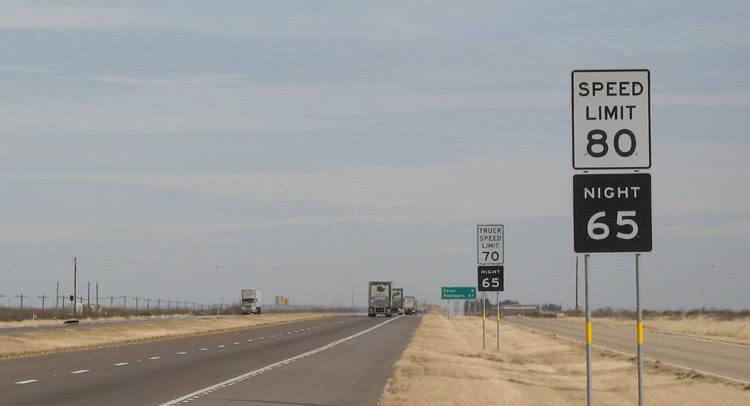Some US states have been raising their highway and interstate speed limits over the past few years, with Utah being among the first to do so. It initiated the first phase of the project in 2008, with another one following in 2013 and yet another this year.
Now, sufficient time has passed since they first adopted the higher speed limits and results can be quantified. According to the Missoulian, not only did they record “a 20 percent reduction in drivers exceeding the 80 mph limit,” but “an 11 percent to 20 percent drop in speed-related crashes, depending on which stretches were studied.”
Keep in mind that the data only applies to two portions of I-15, but now testing is underway on it and segments of I-80 and I-84; on the latter two, the speed was raised to 80 mph in 2013 and 2014 respectively.
Still, this data is inconclusive and quite vague, and it needs to be centralized from all states which have raised the limit for enough time to have more relevant results. There’s no clear indication that it’s doing any notable harm, so states will continue to adopt higher speeds in the future – it seems to be a trend that’s been picking up momentum.
So far, Texas, Utah, Idaho and Wyoming have stretches where it’s legal to drive at 80 mph, while Texas has a stretch of its highway 130 where the limit is 85 mph.
Photo via Wikipedia




